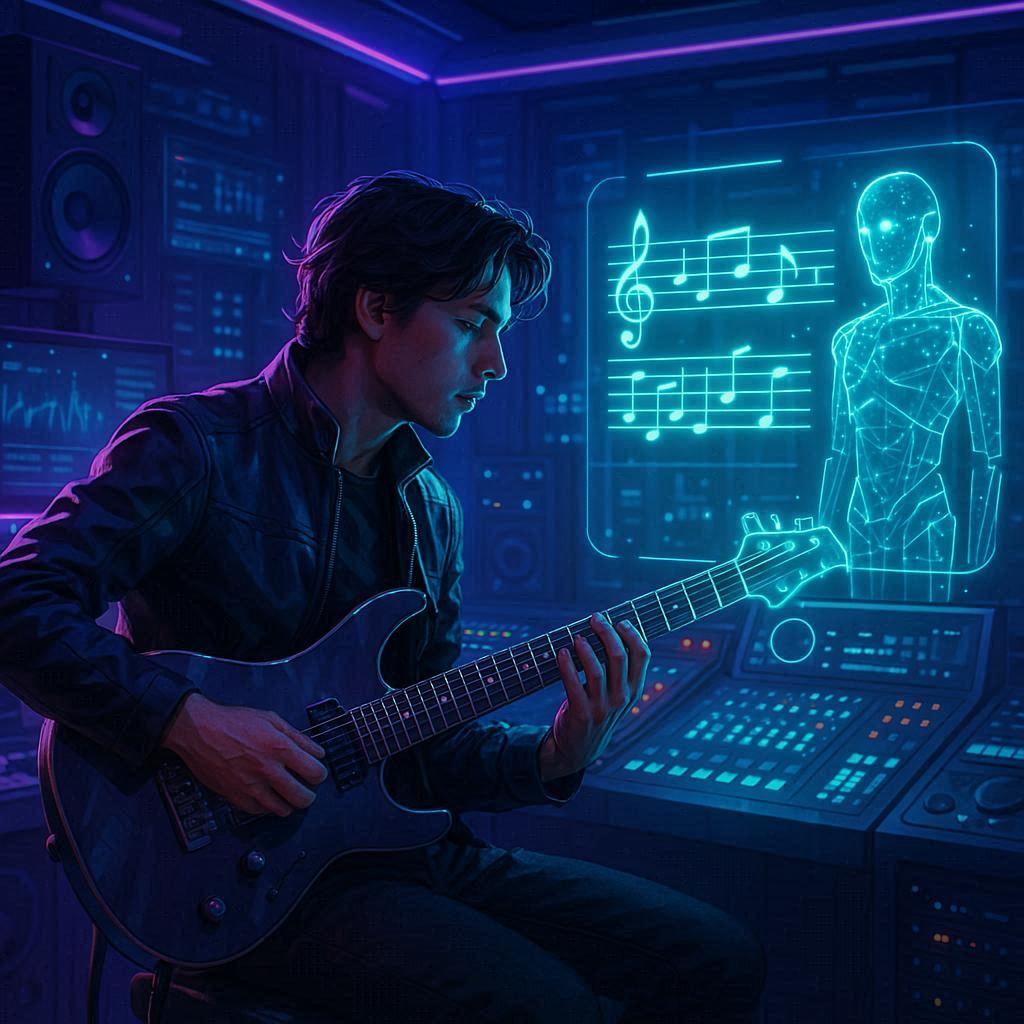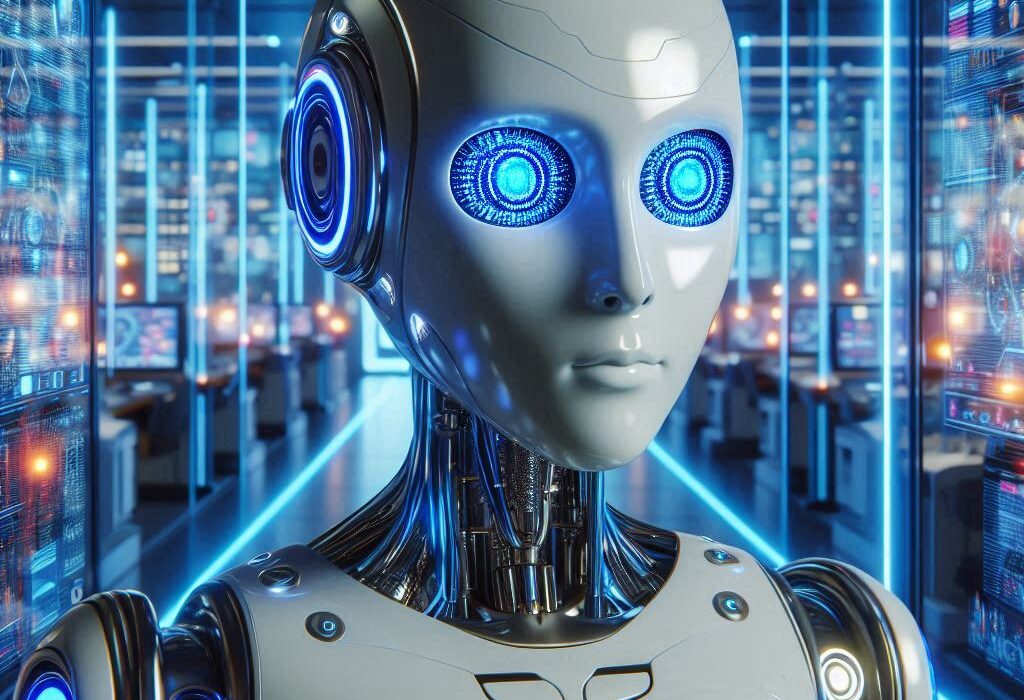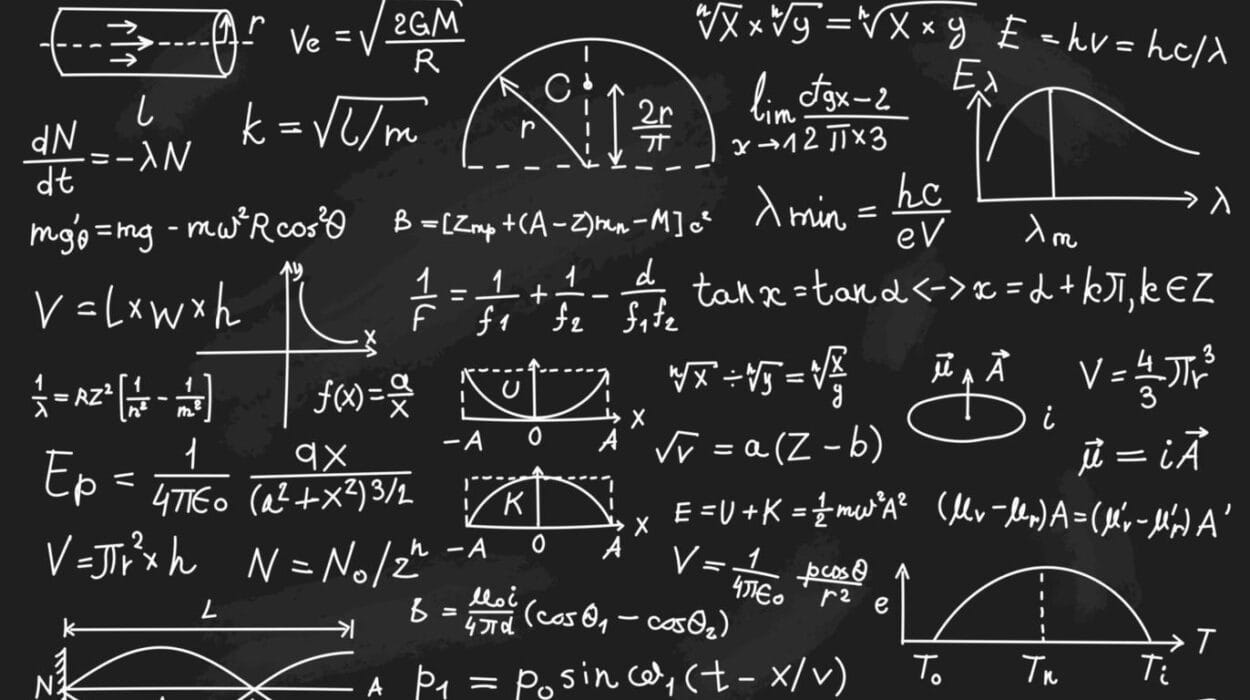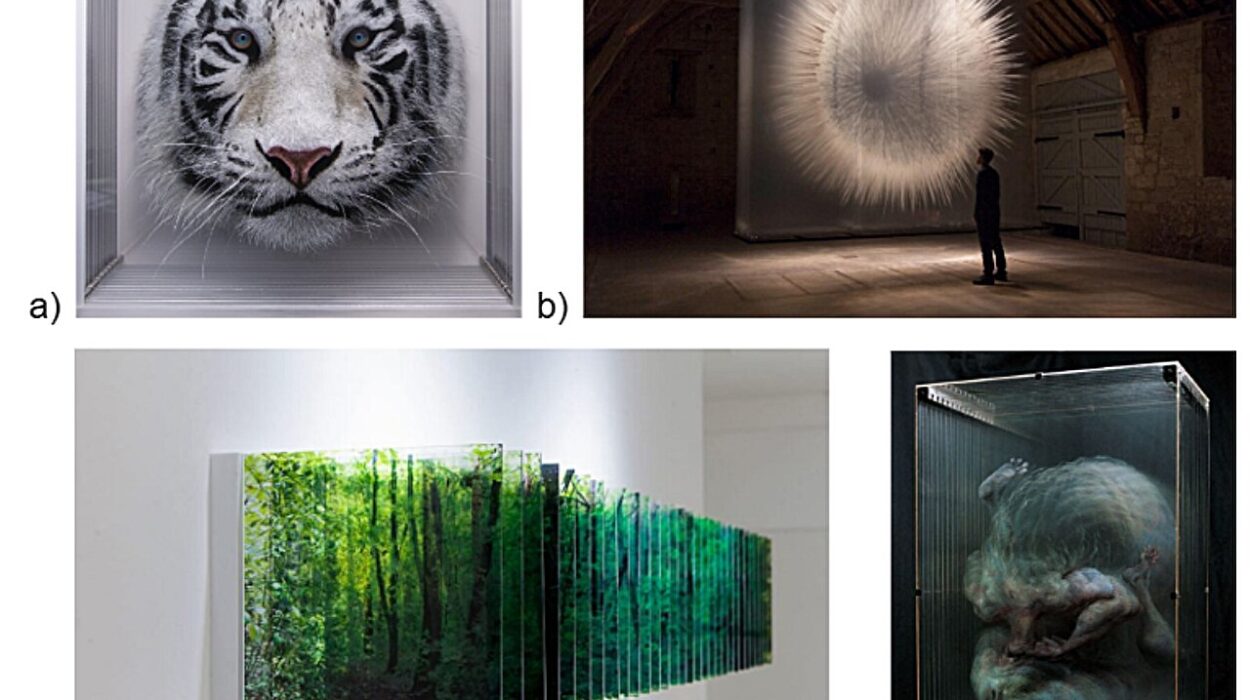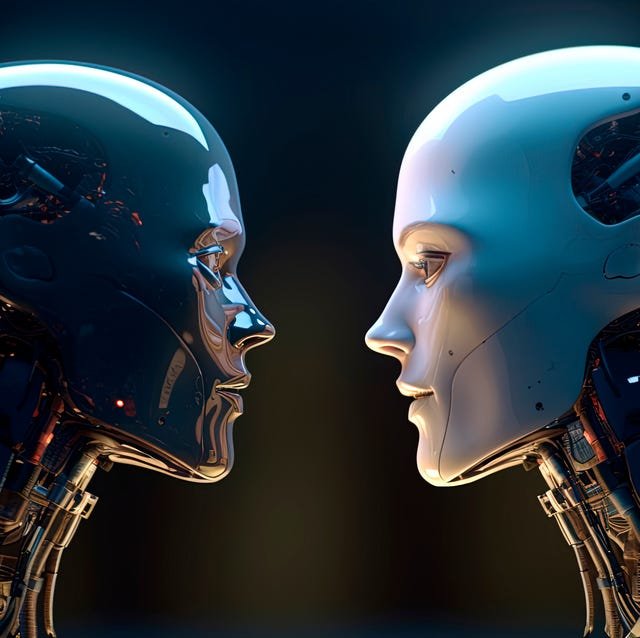Music has always been a deeply human experience. It is rhythm born of heartbeat, melody woven from emotion, harmony carried through culture and memory. From ancient flutes carved out of bone to grand orchestras, from vinyl records to streaming platforms, music has followed humanity through every chapter of civilization. Yet today, a new player has entered the orchestra—a player without a voice, without hands, without emotions in the human sense. Artificial intelligence, once confined to science fiction, is now shaping how music is composed, produced, and even owned.
The intersection of AI and music is not merely technological. It is emotional, philosophical, and cultural. It forces us to ask: What does it mean for a song to be “human”? Can creativity be replicated by algorithms? And if machines can compose symphonies and pop songs alike, who holds the rights to these new creations?
From Algorithmic Notes to Neural Networks
The idea of machines generating music is not as futuristic as it may seem. As far back as the 18th century, composers experimented with chance and algorithms. Mozart is believed to have created a “musical dice game,” where rolling dice would determine which measures of music should be played in sequence. In the 20th century, as computers emerged, pioneers like Lejaren Hiller and Leonard Isaacson used programming to compose the Illiac Suite, one of the first computer-generated pieces of music.
What has changed is the sophistication of artificial intelligence. Early attempts were rigid, rule-based systems that could only generate simple sequences. Today’s AI uses machine learning and deep learning, analyzing vast datasets of music to understand patterns, styles, and even emotional cues. Neural networks can “listen” to thousands of songs and then create new pieces that mimic jazz improvisations, classical symphonies, or electronic dance beats.
These models do not simply repeat existing works; they generate original material. The leap from algorithm to artistry has brought AI music out of the laboratory and into the mainstream.
The Art of AI Composition
Imagine a composer who has studied every piece of music ever written. They know Bach’s counterpoint, Coltrane’s improvisations, the driving force of rock, the subtlety of lo-fi beats, and the soaring crescendos of film scores. That is, in a way, what AI can do. By training on massive libraries of music, AI systems learn not only the technical structure of music but also its stylistic signatures.
Programs like OpenAI’s MuseNet or Google’s Magenta can generate compositions in multiple genres. They can create a symphony in the style of Beethoven or a pop ballad that echoes Taylor Swift. Some systems even allow users to input parameters—tempo, mood, genre—so that the AI can tailor the composition.
Yet AI composition raises a profound question: Is this genuine creativity, or just mimicry? When a human composes, they draw on lived experience, emotion, and cultural context. An AI does not feel heartbreak, joy, or nostalgia, yet it can produce melodies that evoke those very emotions in listeners. Perhaps, then, the creativity lies not in the machine but in the collaboration—humans setting the direction, machines providing unexpected possibilities, and together forging something new.
AI in Music Production
Beyond writing melodies, AI is transforming how music is produced. In the studio, AI can act as both assistant and collaborator. It can analyze raw audio and suggest mixing adjustments, detect off-key notes, or even master tracks with precision once reserved for top engineers.
AI-driven tools can separate individual instruments from a recording, enabling remixing of old tracks in ways once thought impossible. For instance, machine learning models can isolate vocals from decades-old recordings, breathing new life into archival music.
Producers now have access to AI-powered software that can generate drum loops, bass lines, or harmonic progressions instantly. This reduces the barrier to entry, allowing independent artists to create professional-quality tracks without expensive equipment or years of technical training.
The production process itself becomes a dialogue. An artist might ask the AI to suggest chord progressions, reject those that do not resonate, and refine the piece iteratively. The machine is not replacing the producer but augmenting them—offering ideas, automating tedious tasks, and leaving more space for human intuition.
The Emotional Paradox of Machine-Made Music
One of the most intriguing aspects of AI in music is the emotional paradox. Music is often described as the language of emotion, yet AI lacks feelings. How then can music generated by machines move us to tears or make us dance?
The answer lies in the patterns AI learns. Human emotions expressed in centuries of music—minor keys signaling melancholy, fast tempos evoking excitement—are encoded in data. When AI generates new music, it unconsciously reproduces these patterns. Listeners, in turn, interpret them emotionally, not because the machine “felt” anything, but because humans project meaning onto sound.
This paradox does not diminish AI’s role; instead, it highlights the deep bond between human perception and musical structure. AI provides the notes, but it is humanity that breathes life into them.
New Frontiers: Interactive and Adaptive Music
AI is not limited to static compositions. It is creating new forms of music that adapt in real time. In video games, for example, AI-generated music can shift dynamically depending on a player’s actions—becoming tense during a battle or calming when the character rests. In therapeutic settings, AI can generate personalized music that responds to a listener’s heartbeat or emotional state, offering relaxation or stimulation as needed.
These adaptive forms redefine what music can be. Instead of a fixed piece, music becomes fluid, evolving in response to the moment. AI is not just composing songs but designing experiences.
The Question of Rights and Ownership
Perhaps the most complex aspect of AI in music is not technological but legal and ethical. If a machine generates a song, who owns it? The programmer who built the AI? The user who gave it input? Or does it belong to no one at all?
Copyright law was built around the assumption that creative works come from human authors. AI challenges this foundation. In some jurisdictions, AI-generated works are considered public domain unless substantial human input can be demonstrated. In others, the rights may go to the person or company that operates the AI.
This uncertainty creates both opportunities and risks. On one hand, AI-generated music could flood markets, giving anyone the ability to create endless soundtracks. On the other hand, it raises concerns about plagiarism, originality, and the value of human artistry. If AI can compose a convincing imitation of a famous artist’s style, does that infringe on their rights?
The legal world is only beginning to grapple with these questions, and the answers will shape the future of both music and intellectual property.
AI and the Future of Musicianship
For musicians, AI is both a challenge and an opportunity. Some fear that AI may replace human composers, producers, or performers. Yet history suggests otherwise. Every new technology in music—from the piano to synthesizers, from recording to sampling—has sparked fears of obsolescence, but ultimately expanded creative horizons.
AI is likely to follow the same path. Rather than replacing musicians, it will reshape their roles. Artists may become curators of machine-generated material, blending human intuition with algorithmic suggestion. They may use AI as a springboard for inspiration, a collaborator that never tires, or a tool that unlocks possibilities beyond human skill.
At the same time, AI democratizes music-making. People without formal training can now use AI to create songs, lowering barriers and broadening participation in music creation. This democratization may lead to a new explosion of creativity, where voices once excluded from the music industry find expression.
The Cultural Impact of AI Music
Beyond the studio and the courtroom, AI music is influencing culture. Streaming platforms already use AI to recommend songs, shaping what millions of people hear daily. AI-generated playlists create soundscapes for studying, exercising, or relaxing, often without listeners knowing whether the music was composed by a human or a machine.
The boundary between human and machine creativity is blurring. This raises questions not only about ownership but about authenticity. Will audiences value songs differently if they know they were composed by AI? Or will the emotional response be enough, regardless of origin?
Culture has always evolved alongside technology, and music has always been at the forefront of that evolution. AI is simply the latest instrument in humanity’s long symphony of invention.
Ethical Harmonies and Dissonances
AI in music also forces us to confront ethical issues. If machines can imitate the style of any artist, do they risk diluting originality? Could AI-generated tracks be used to flood streaming services, undermining human artists’ livelihoods? How do we balance innovation with fairness?
Some argue for transparency—AI-generated music should be labeled as such, giving audiences the choice to engage knowingly. Others push for regulation, ensuring that human artists are protected from exploitation. Ultimately, society must decide how to harmonize technological progress with ethical responsibility.
A Universe of Sound Yet to Be Discovered
The story of AI in music is just beginning. Already, machines can compose symphonies, assist in production, and generate adaptive soundscapes. Yet the possibilities stretch far beyond what we can imagine today. As AI models grow more sophisticated, as they integrate with other technologies like virtual reality or brain-computer interfaces, music may become something entirely new—immersive, interactive, and deeply personal.
Perhaps one day, AI will not only compose but also collaborate in ways that feel indistinguishable from human partnership. Perhaps music will become a dialogue not just between humans, but between humans and the intelligences they have created.
Conclusion: The Human in the Machine
AI in music is not simply about efficiency or novelty. It is about rethinking creativity itself. It asks us to reconsider what it means to make art, to feel emotion, to claim ownership. It challenges us to embrace new possibilities while holding on to the values that make music so essential to human life.
At its best, AI does not replace musicians; it expands them. It offers new instruments, new canvases, and new ways of expressing the ineffable. And while machines may not feel, the music they help create will always find meaning in human ears and hearts.
For in the end, music is not just about the notes that are played. It is about the connection they create. And no matter how advanced AI becomes, that connection—the resonance between sound and soul—remains profoundly, beautifully human.
